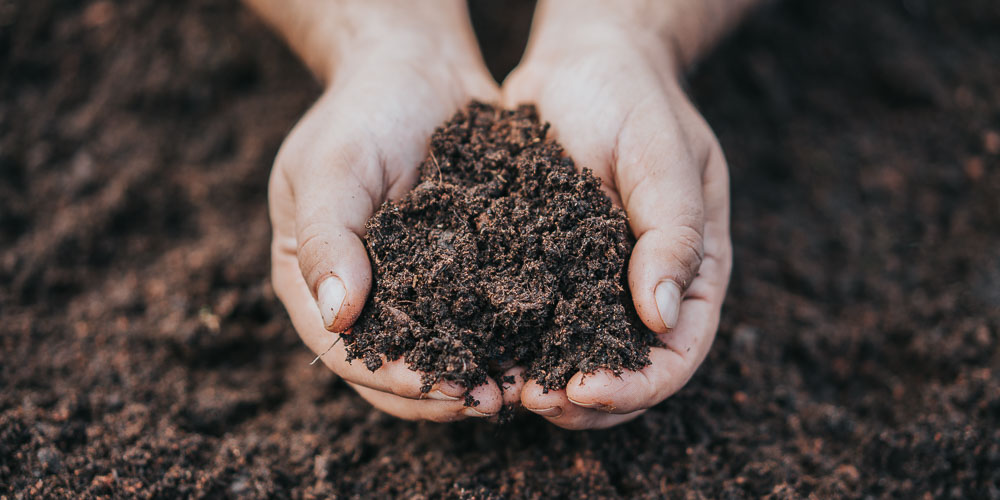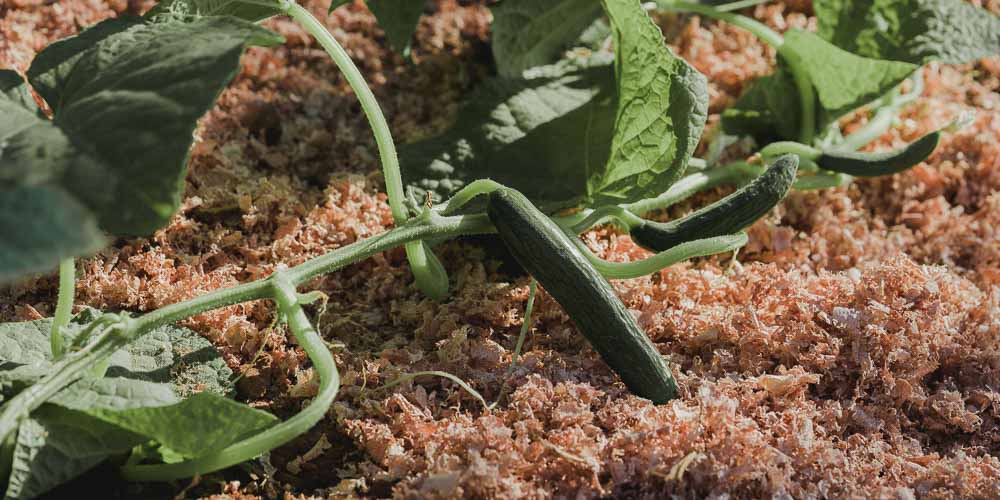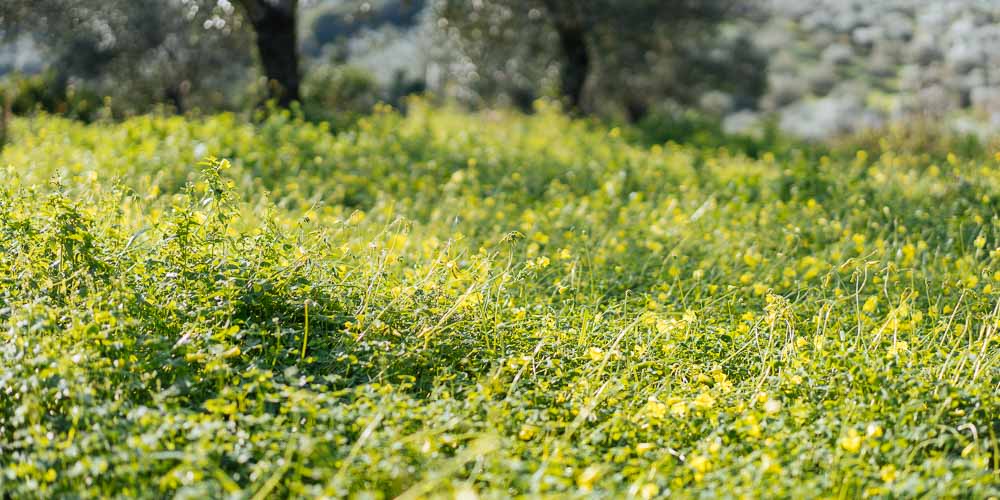Styfnos is a weed that is found in cultivated areas, among vegetable plants, but also in the countryside.
Also known as wild sorrel, foxtail or stool, nightshade (Solanum nigrum) is generally characterized as grassalthough it belongs to the same family as several cultivated horticulture like her tomato cultivationTHE pepper cultivation, her eggplant cultivation And potato cultivation.
Styfnos or Cherry, an edible weed
It is an annual herbaceous plant that reaches a height of about half a meter and has an erect central stem with branches, while its leaves are green in color and oval in shape.
The particularity of the stypnus is that it has white flowers, which transform into a cluster of small round fruits that are initially green and black when ripe.
It is worth mentioning that in addition to being an unwanted weed in crops, Styfnos is considered a toxic plant because its unripe fruits are characterized as dangerous due to high concentrations of the substance solanine.
Of course, traditionally in many regions of our country, the stems and leaves of Stifnos are eaten boiled in summer salads, accompanied by blites but also smoked in various cooking recipes.
Let’s see in detail what conditions favor the growth of styphne, as well as how it is treated as a weed in the garden.
1. What conditions favor the development of stypnus?
Styphoenix grows best in slightly acidic soils with a pH between 5.5 and 6.5.
It is generally found in fairly fertile soils that contain a high percentage of organic materialgood ventilation and drainage.
Stypnus multiplies by the seeds of its ripe fruits which fall to the ground and regrow each year under rain or irrigation in spring.

2. What problems does stypnos create in crops?
Styphnus grows easily as an unwanted weed among horticultural crops but also to fruit tree crops creating several problems:
a) The presence of the stymph reduces the efficiency of our crops, because it absorbs part of the nutrients from the soil, the available water and the fertilizers we add.
b) It is a host plant, that is to say a home which attracts various pests. Therefore, the growth of styphnon between the vegetable garden or at the edge of our garden, this increases the risk of diseases affecting vegetables.
c) The widespread presence of stifnus in crops promotes conditions of poor ventilation and increases the risk of disease attack.
3. How to control stypnus as a weed in the garden and in the fields?
Combating stifnus with ecological means is quite difficult, since it is a particularly resistant plant and requires a combination of various cultivation practices that we apply to fight against weeds:
- Stypnus is removed by digging or plowing: To get rid of smothering plants, we dig with a hoe, a digger or a backhoe in our garden before planting or later between our plants and uproot them.
- We spray biological preparations: In addition, the foliage of stifnus plants can be sprayed to dry them with organic herbicides whose main ingredient is pelargonic acid extracted from the plant pelargonium.
- We are using ground cover materials during planting: When planting vegetables, we use ground cover materials such as geotextile and nylon plastic to limit the germination and growth of stymphal plants and other unwanted weeds.

4. And a secret about stifnos
It should be noted that Styphnus (Solanum nigrum), although very similar, is different from the belladonna plant (Atropa belladona) which is very poisonous and toxic because Styphnus has fruits in clusters and not individual like belladonna.


